NO Synthase
Nitric oxide synthases (NOSs) are a family of enzymes catalyzing the production of nitric oxide (NO) from L-arginine. NO synthases catalyze the oxidation of L-arginine to NO and L-citrulline. Mammals contain three NOS isoforms: neuronal NOS (nNOS), inducible NOS (iNOS), and endothelial NOS (eNOS). NO produced from these different NOS isoforms is involved in a wide range of physiologic functions in the nervous, immune, and cardiovascular systems. Unregulated NO production can lead to pathologic conditions such as stroke, inflammation, and hypertension. Therefore, the control of NOS activity by isoform selective NOS inhibitors has great potential for therapeutic treatments of NO-related diseases.
Targets for NO Synthase
Products for NO Synthase
- Cat.No. Product Name Information
-
GC40262
α-Humulene
α-Humulene is a sesquiterpene that has been found in C.

-
GC69799
(Rac)-ZLc-002
(Rac)-ZLc-002 is an inhibitor that interacts with the binding protein between nNOS and nitric oxide synthase 1 (NOS1AP). It inhibits inflammatory pain and chemotherapy-induced neuropathic pain, and synergistically reduces tumor cell viability with Paclitaxel.
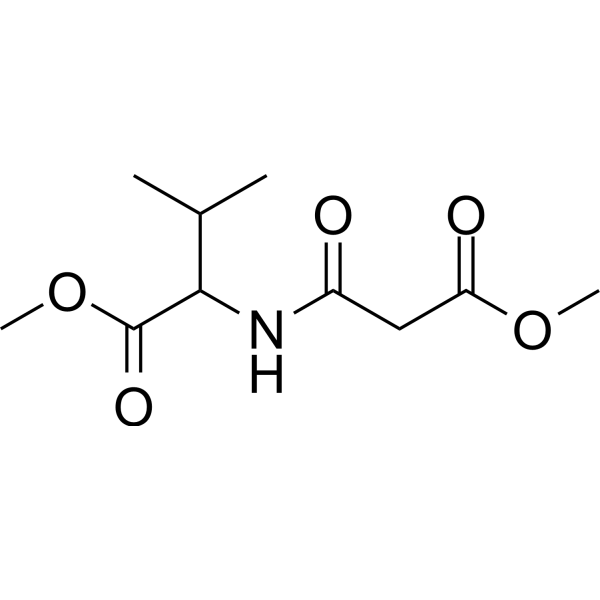
-
GC13563
1400W dihydrochloride
INOS inhibitor,potent and highly selective
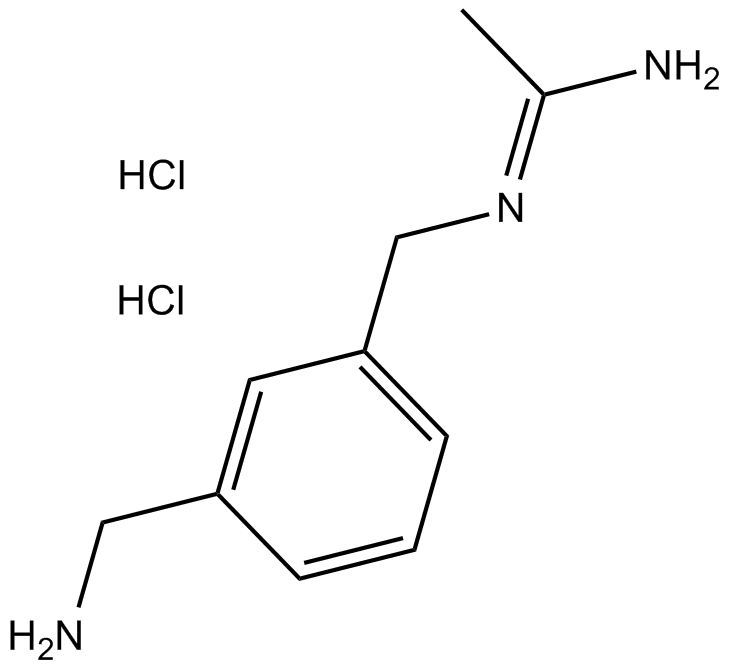
-
GC64739
2-Aminoquinoline
2-Aminoquinoline (2-Quinolinamine) is a promising compound as bioavailable nNOS inhibitor but suffers from low human nNOS inhibition, low selectivity versus human eNOS, and significant binding to other CNS targets.
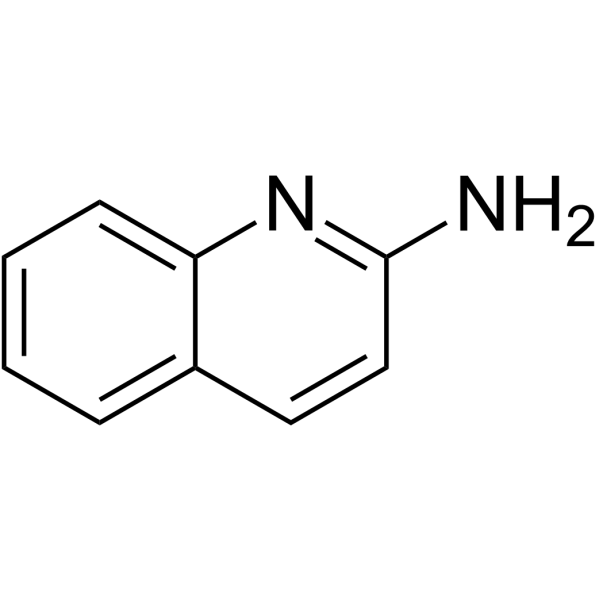
-
GC16664
2-Iminobiotin
iNOS and nNOS inhibitor
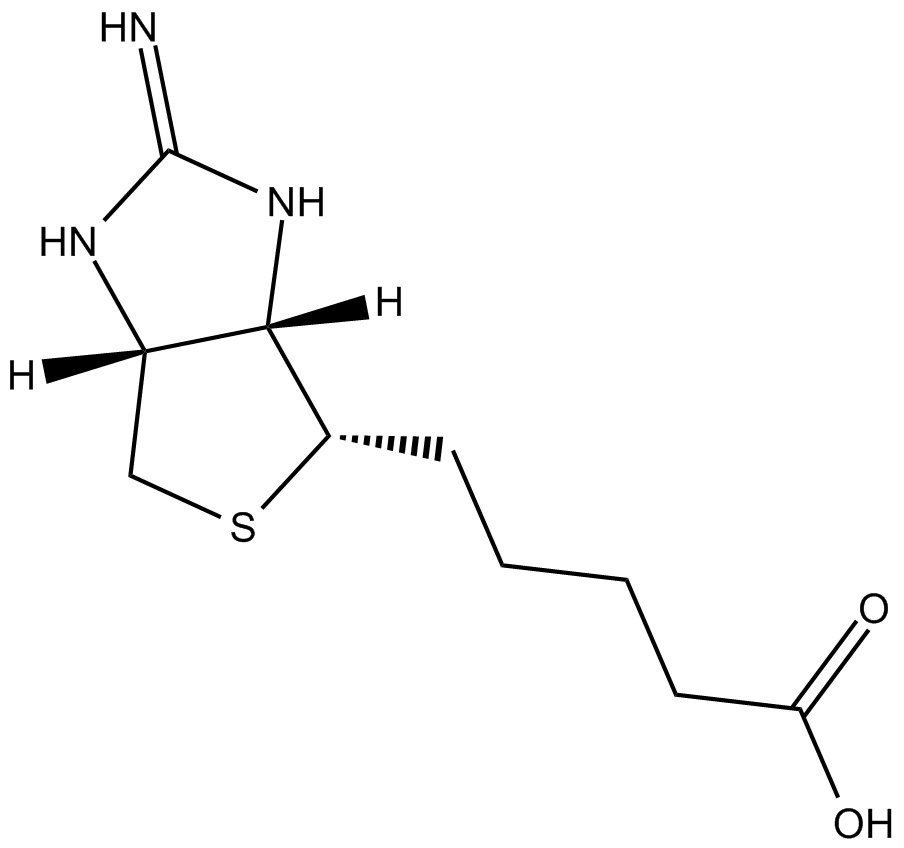
-
GC39326
2-Iminobiotin hydrobromide
2-Iminobiotin hydrobromide (Guanidinobiotin hydrobromide) is a biotin (vitamin H or B7) analog.
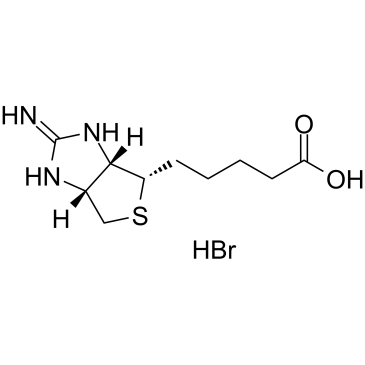
-
GC34451
3',4'-Dihydroxyflavonol
3',4'-Dihydroxyflavonol (DiOHF) is an effective antioxidant, which reduces superoxide and improves nitric oxide (NO) function in diabetic rat mesenteric arteries.
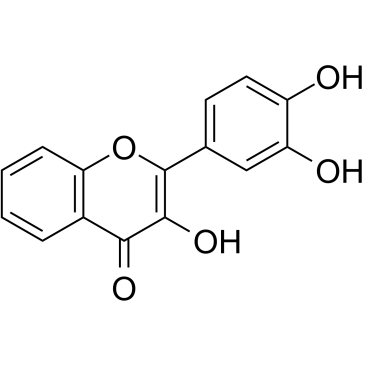
-
GC68081
3-Amino-1,2,4-triazine

-
GC38208
3-Bromo-7-nitroindazole
A potent inhibitor of nNOS

-
GC45673
7,8-Dihydroneopterin
An antioxidant

-
GC16831
Agmatine sulfate
α2-adrenergic receptor ligand
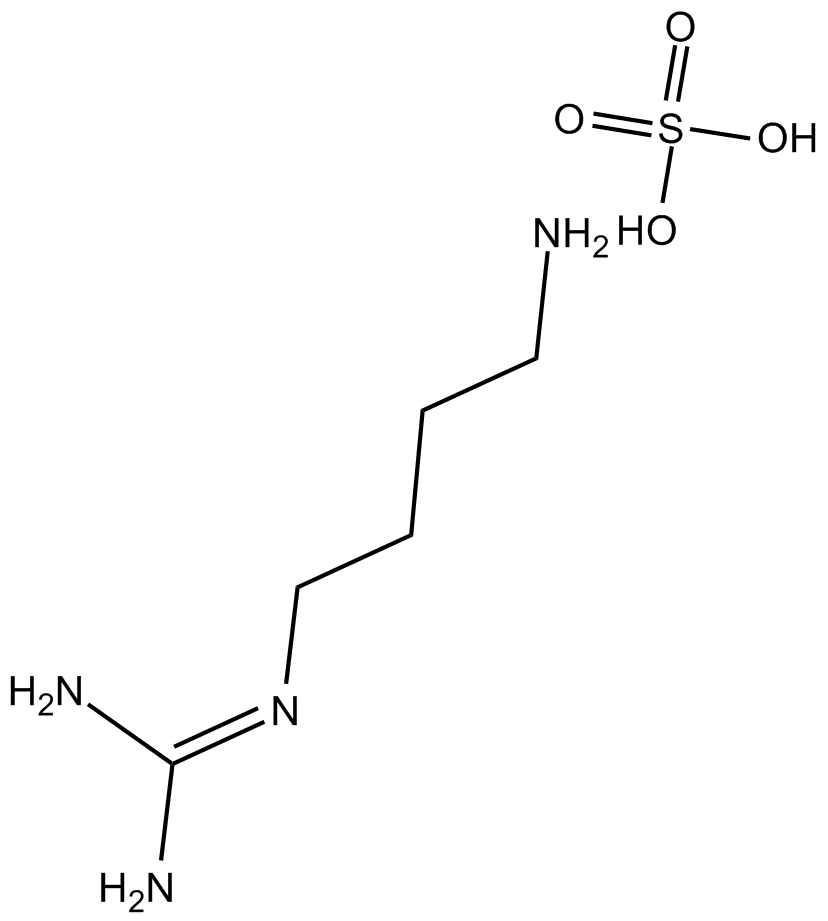
-
GC65226
Aminopicoline
Aminopicoline (Ascensil) is a potent and nonselective inhibitor of NO synthase (NOS) isoenzymes (iNOS, nNOS, eNOS).
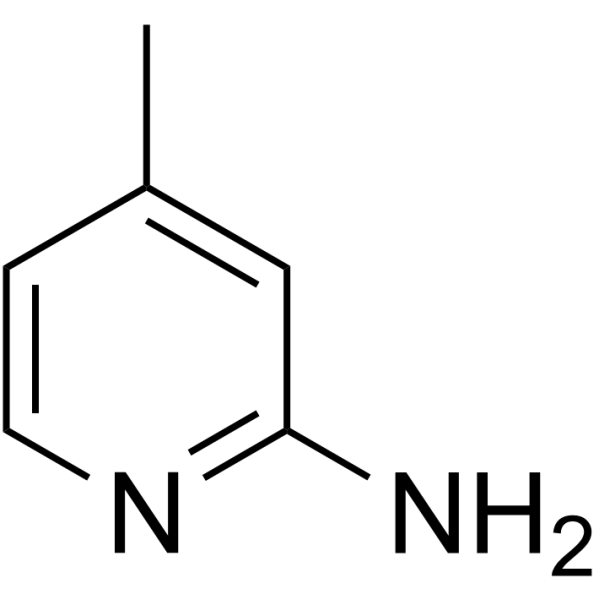
-
GN10685
Anemarsaponin B
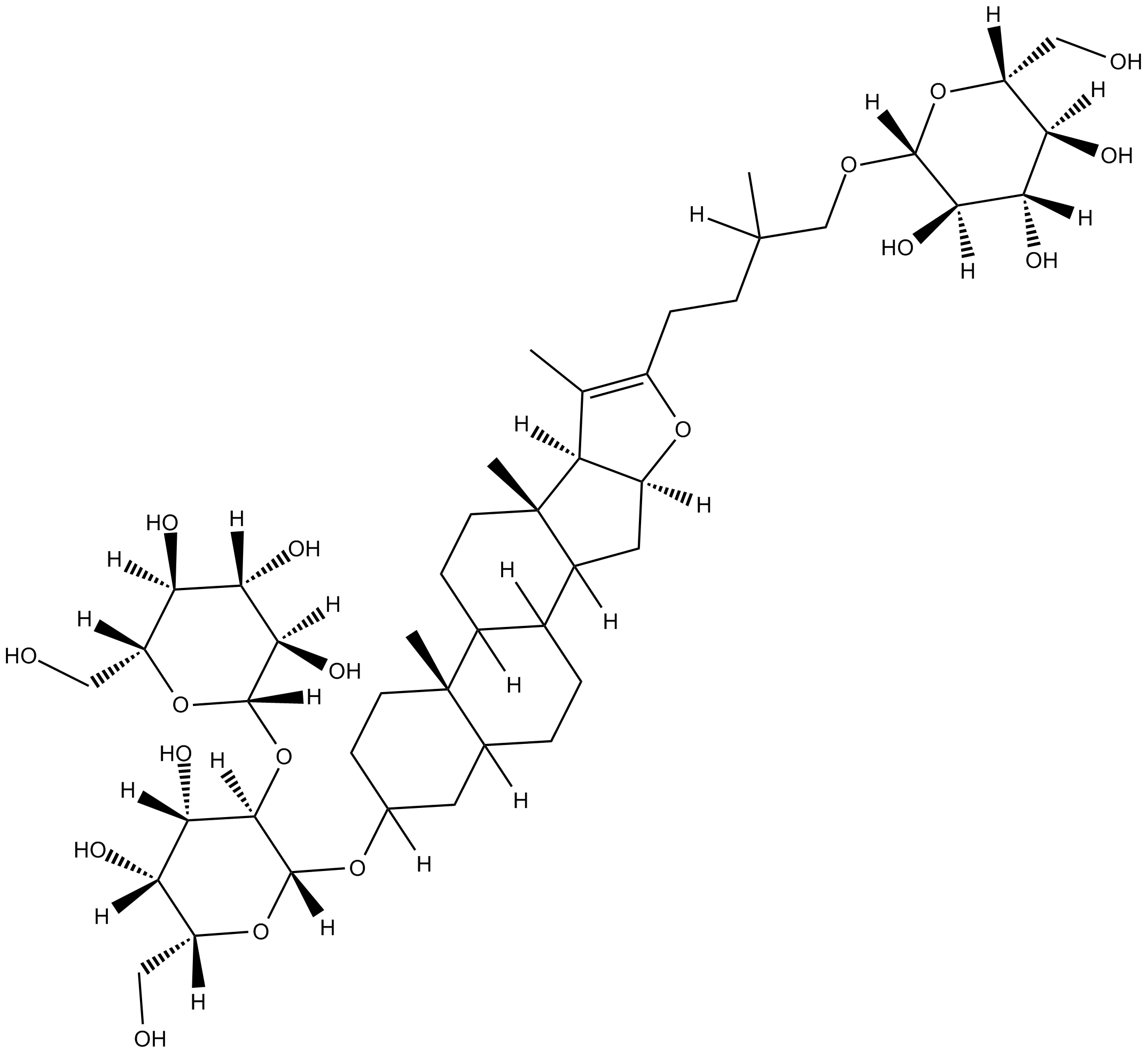
-
GC38735
AR-C102222 hydrochloride
AR-C102222 hydrochloride is a potent, competitive, orally active and highly selective inducible nitric oxide synthase (iNOS) inhibitor, with an IC50 of 37 nM.

-
GC35411
Asperuloside
An iridoid glycoside with diverse biological activities
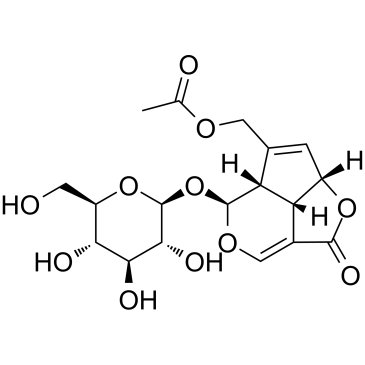
-
GC32457
Asymmetric dimethylarginine
An endogenous NOS inhibitor
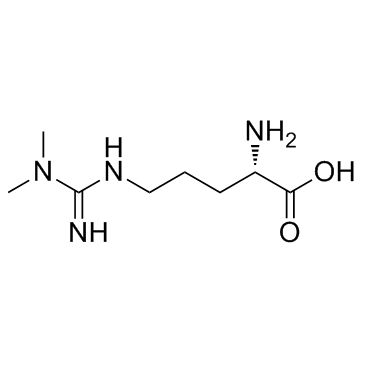
-
GC32486
AVE-3085
AVE-3085 is a potent endothelial nitric oxide synthase enhancer, used for cardiovascular disease treatment.
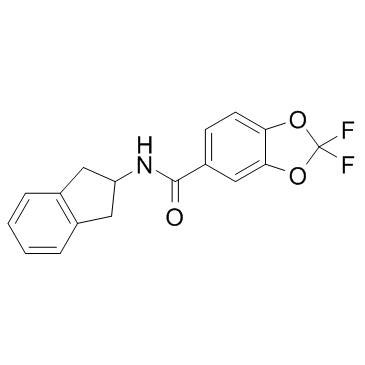
-
GC34046
Bendazol
Bendazol is a hypotensive drug which can also enhance NO synthase activity in renal glomeruli and collecting tubules.
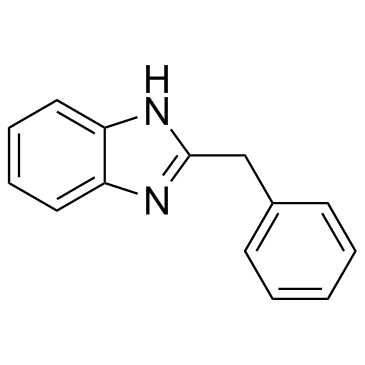
-
GC62878
Bryonolic acid
Bryonolic acid is an active triterpenoid compound with immunomodulatory, anti-inflammatory, antioxidant and anticancer activities.
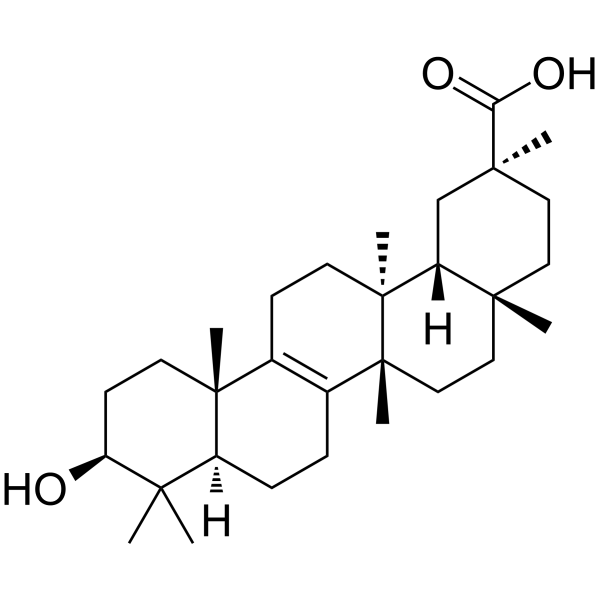
-
GN10342
Chondroitin sulfate
Chondroitin sulfate, one of five classes of glycosaminoglycans, has been widely used in the treatment of osteoarthritis.
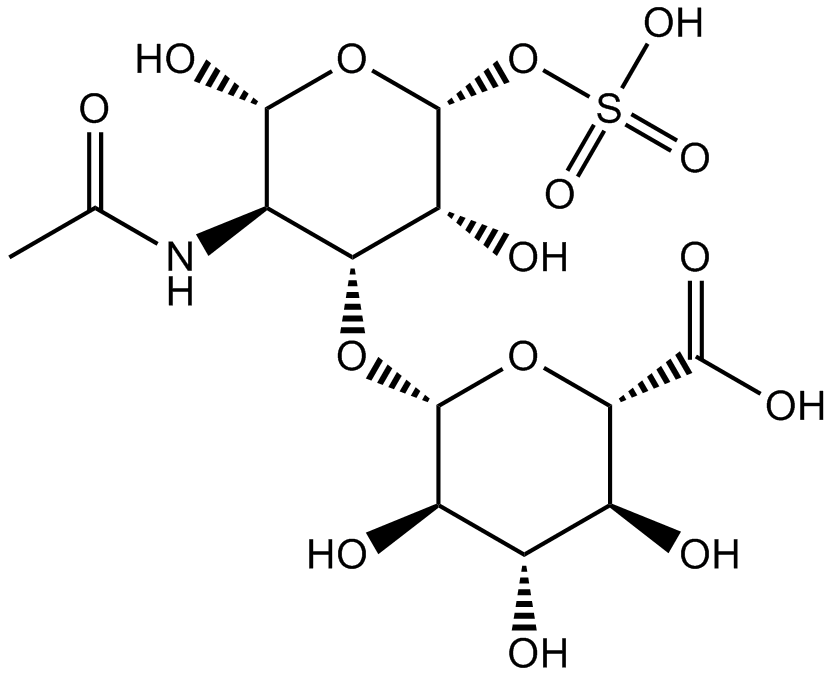
-
GC38900
Ciwujianoside C3
Ciwujianoside?C3, an orally active and brain penetrated compound, is isolated the leaves of Acanthopanax?henryi Harms.
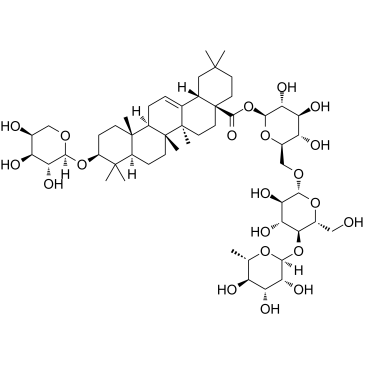
-
GN10338
Compound K
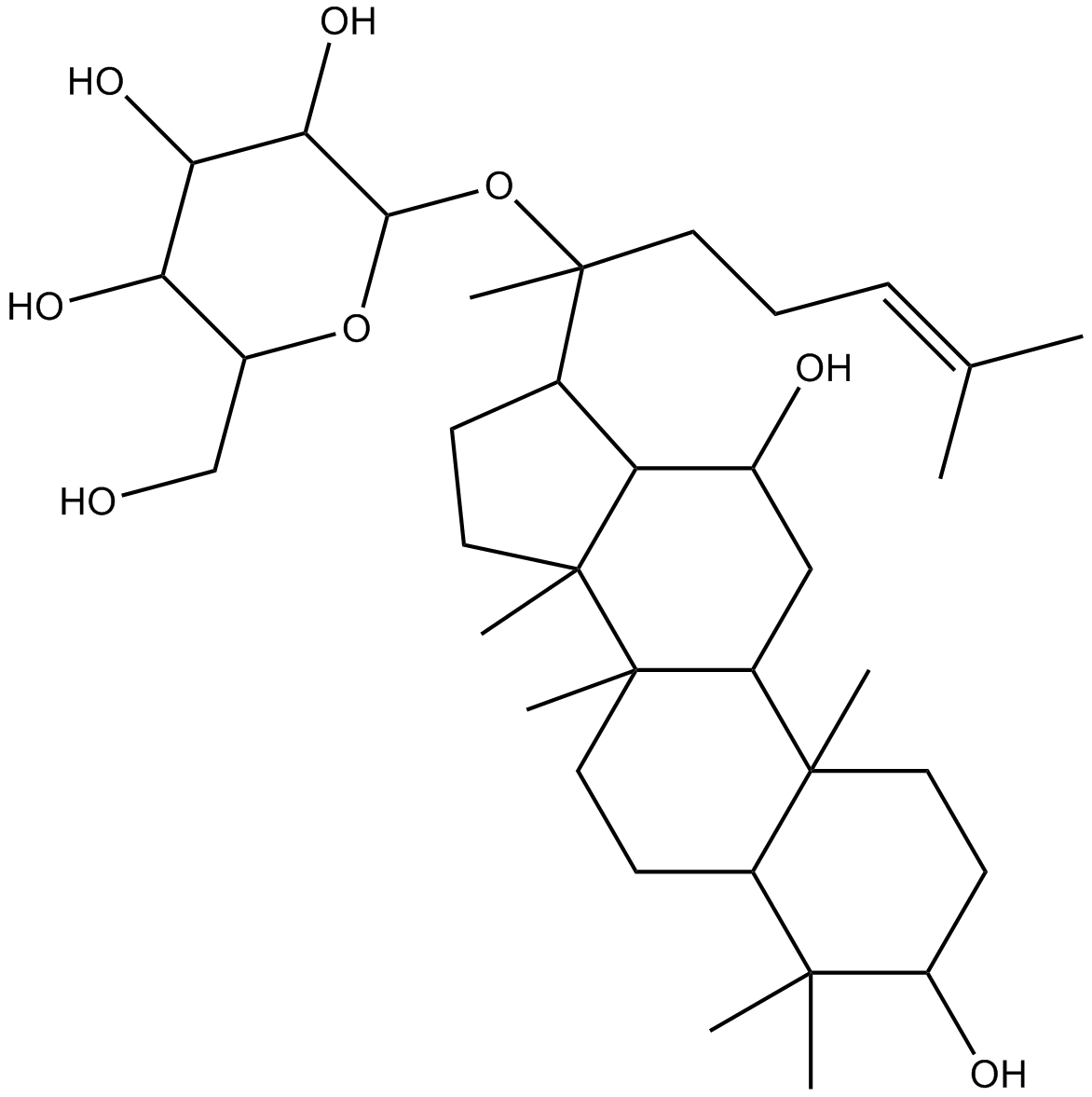
-
GC38224
Crocin II
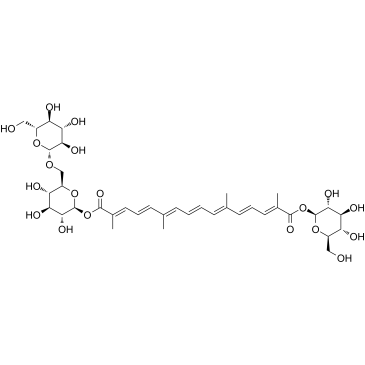
-
GC18864
Curvularin
Curvularin is a natural fungal macrolactone that has cytotoxic activity against select cancer cell lines.
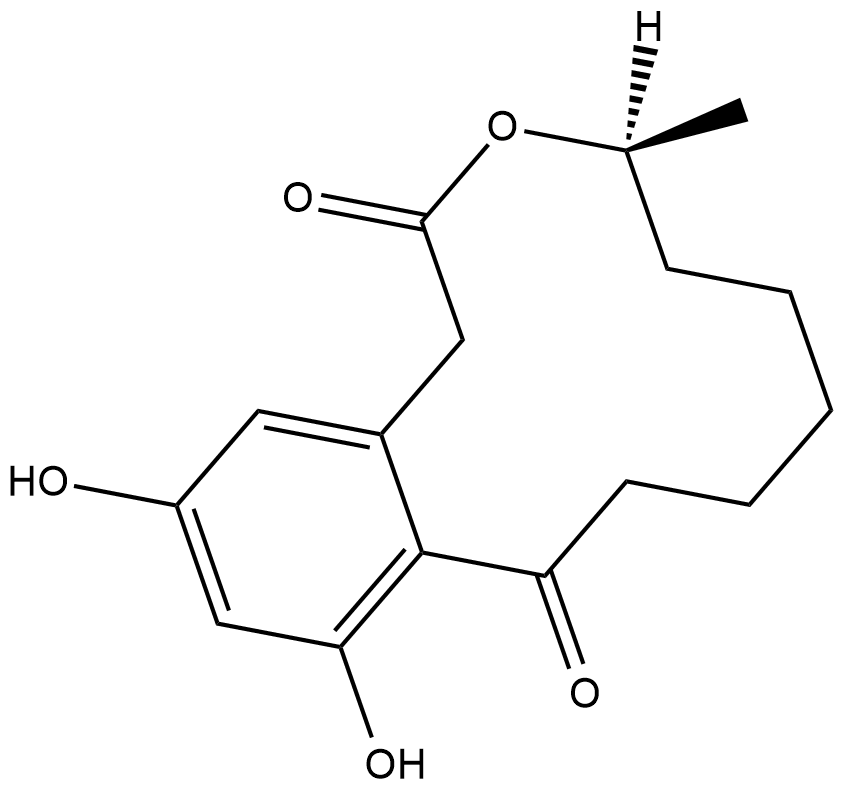
-
GC38431
Dehydroevodiamine
Dehydroevodiamine is a major bioactive quinazoline alkaloid isolated from Evodiae Fructus, has an antiarrhythmic effect in guinea-pig ventricular myocytes.
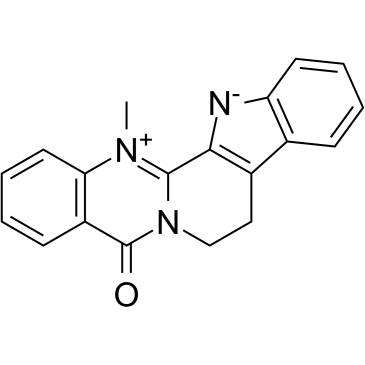
-
GC18259
DETA NONOate
A NO donor
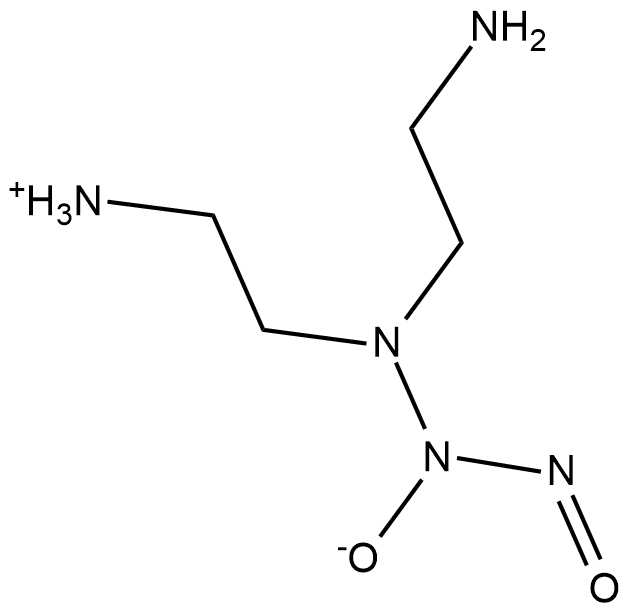
-
GC60152
Epibetulinic acid
Epibetulinic acid exhibits potent inhibitory effects on NO and prostaglandin E2 (PGE2) production in mouse macrophages (RAW 264.7) stimulated with bacterial endotoxin with IC50s of 0.7 and 0.6 μM, respectively.
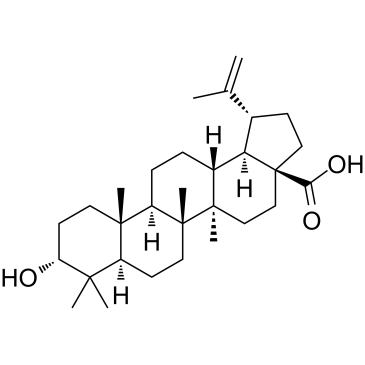
-
GC61669
Ethyl 3,4-dihydroxybenzoate
Ethyl 3,4-dihydroxybenzoate (Ethyl protocatechuate), an antioxidant, is a prolyl-hydroxylase inhibitor found in the testa of peanut seeds.
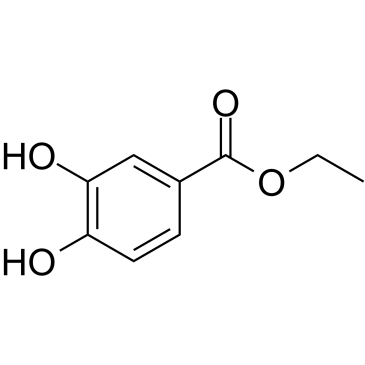
-
GC38678
Ethyl Caffeate
Ethyl Caffeate is a natural phenolic compound isolated from Bidens pilosa.
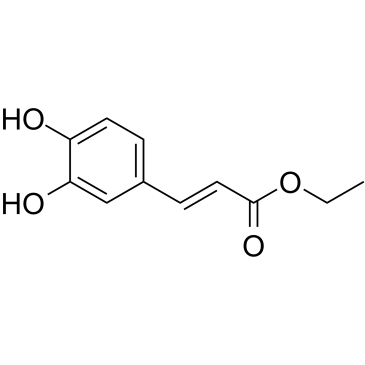
-
GN10220
Ginsenoside Rb3
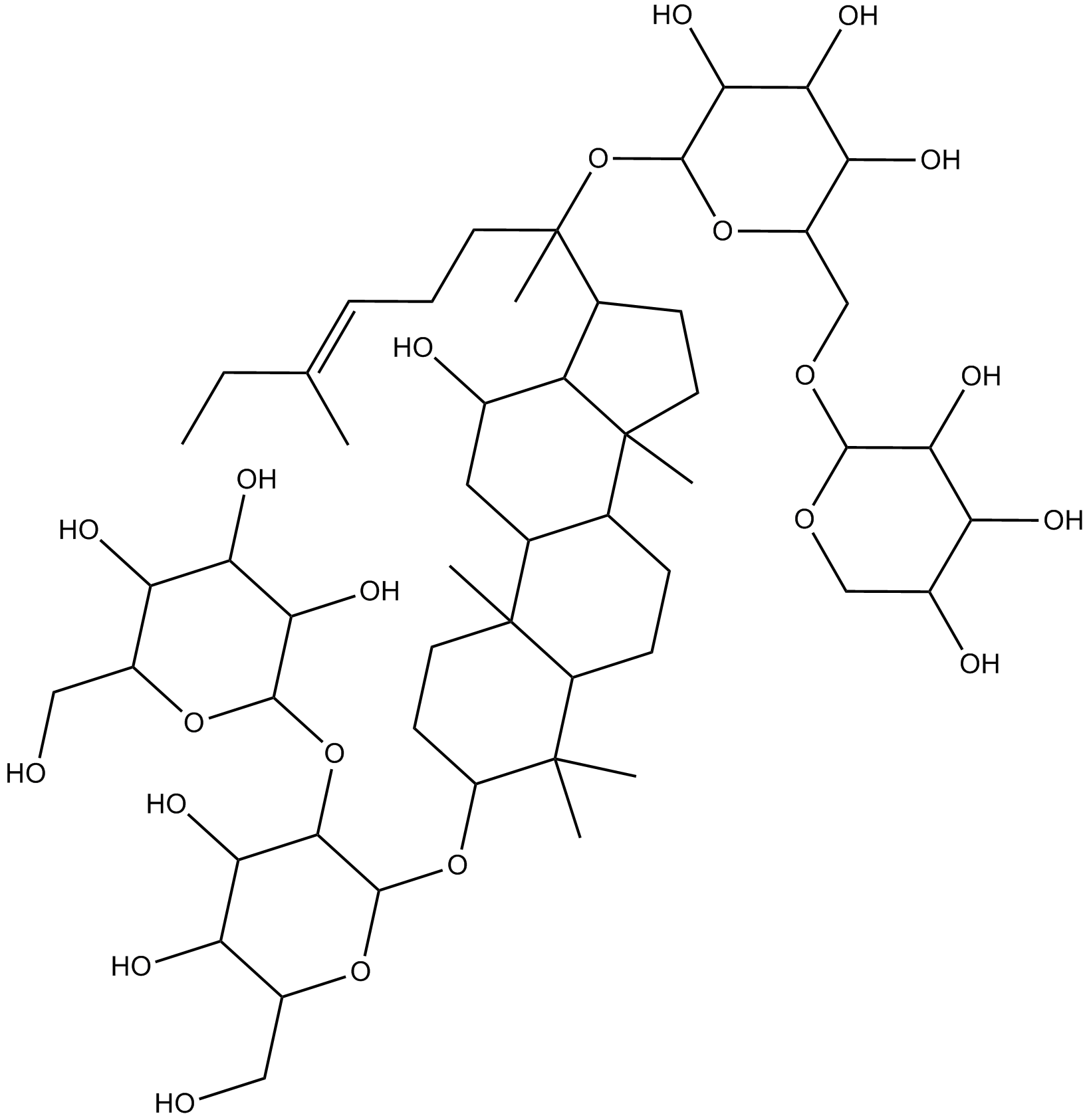
-
GC31673
GW274150
GW274150 is a potent, selective, orally active and NADPH-dependent inhibitor of human inducible nitric oxide synthase (iNOS) (IC50=2.19 μM; Kd=40 nM) and rat iNOS (ED50=1.15 μM).
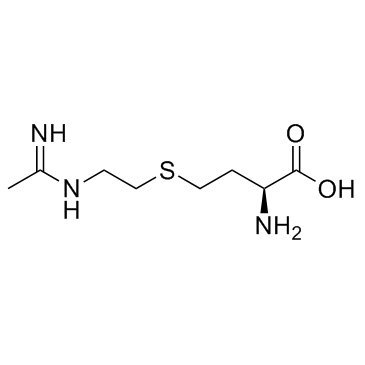
-
GC39388
GW274150 phosphate
GW274150 phosphate is a potent, selective, orally active and NADPH-dependent inhibitor of human inducible nitric oxide synthase (iNOS) (IC50=2.19 μM; Kd=40 nM) and rat iNOS (ED50=1.15 μM).
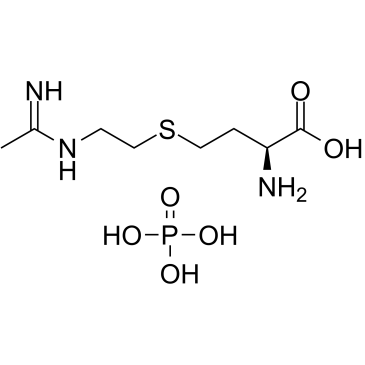
-
GA10738
H-Arg-OH
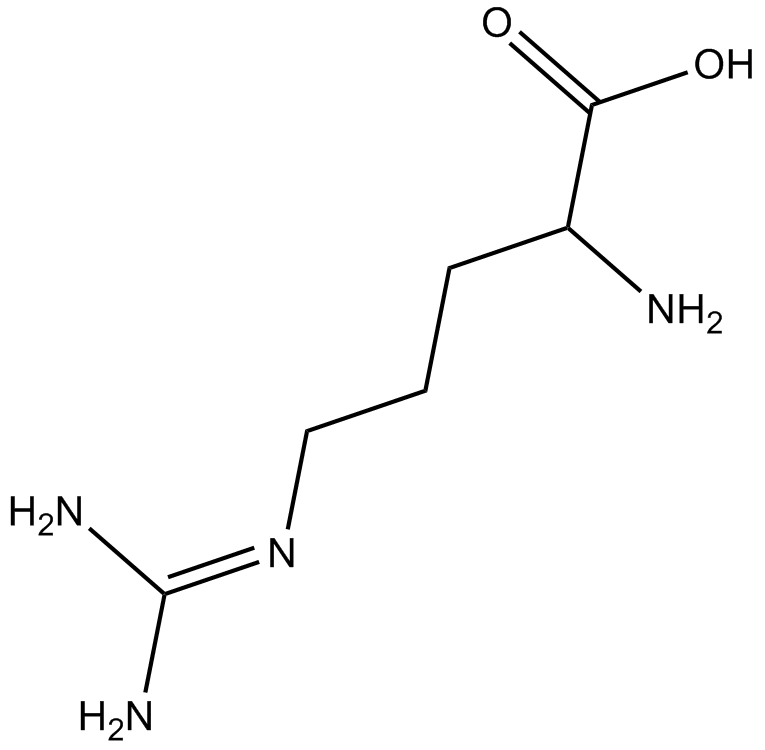
-
GA11127
H-Arg-OH.HCl
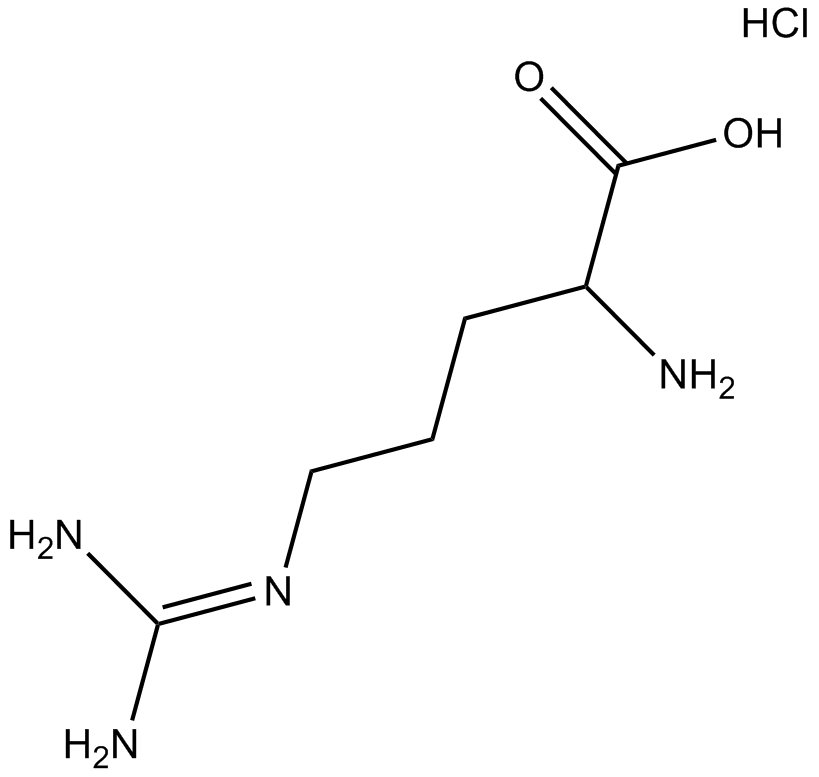
-
GN10205
Irisflorentin
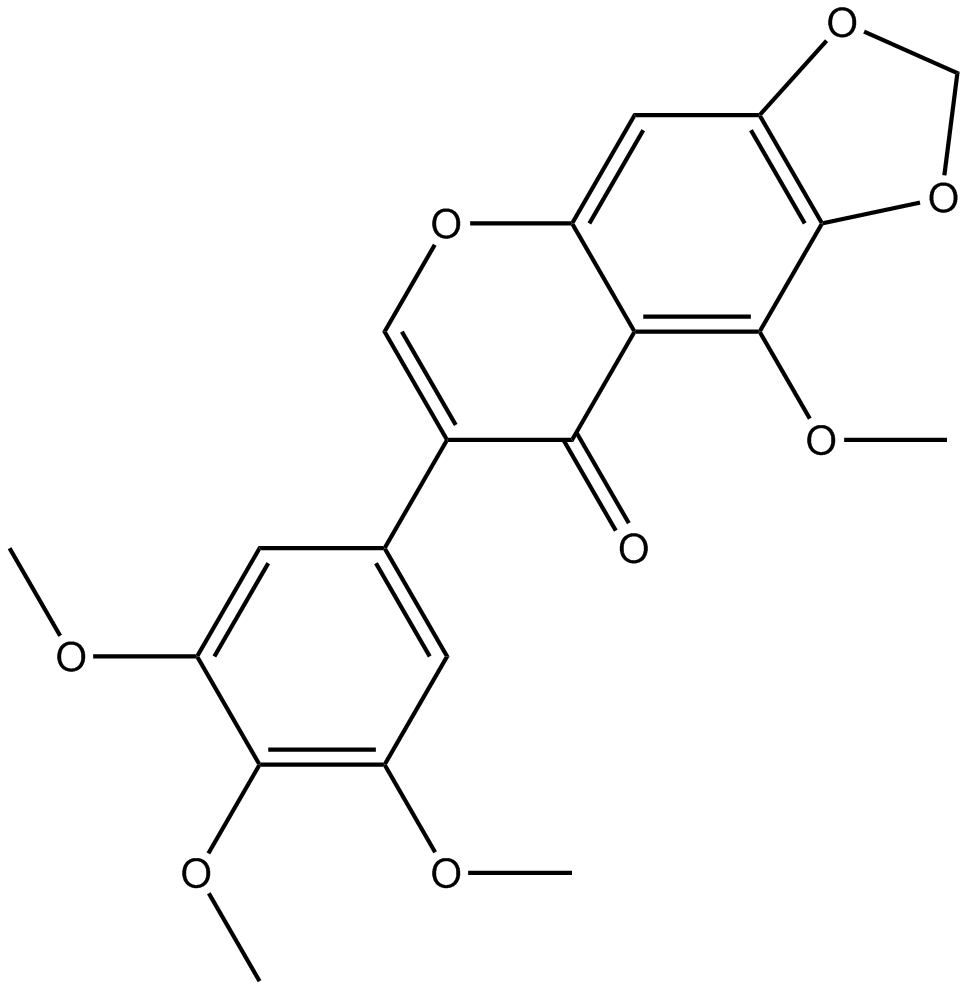
-
GC41273
Isoquercetin
Isoquercetin is a flavonoid that has been isolated from A.

-
GC45488
Isosorbide Dinitrate

-
GC31391
Kuwanon A
Kuwanon A is a flavone derivative isolated from the root barks of the mulberry tree (Morus alba L.
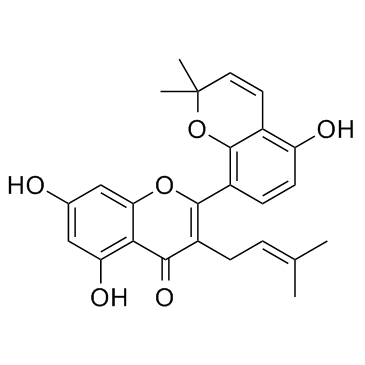
-
GC68379
L-Arginine-13C6,15N4 hydrochloride

-
GC65194
L-Arginine-15N2 hydrochloride
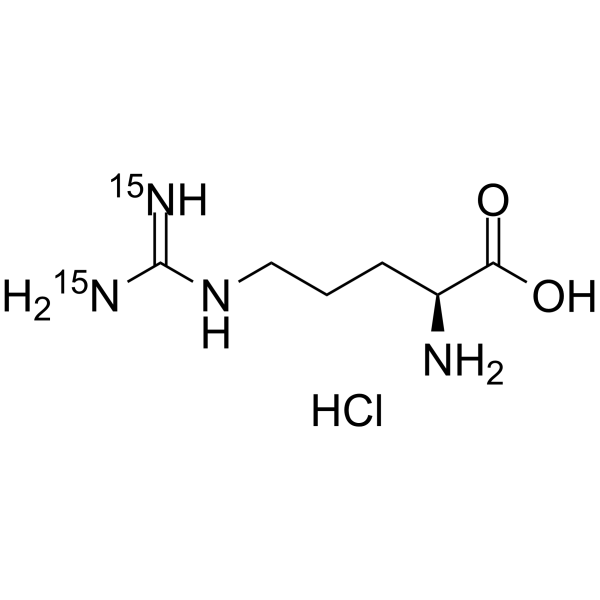
-
GC63918
L-Arginine-15N4 hydrochloride
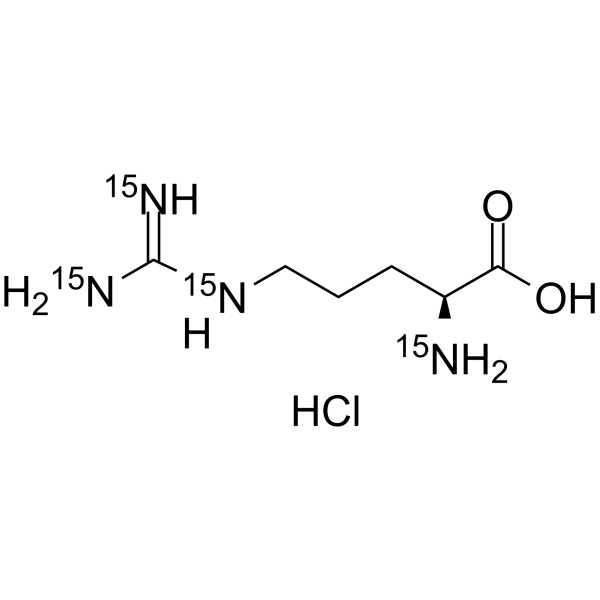
-
GC16200
L-Biopterin
L-Biopterin (L-Biopterin), a pterin derivative, is a NO synthase cofactor.
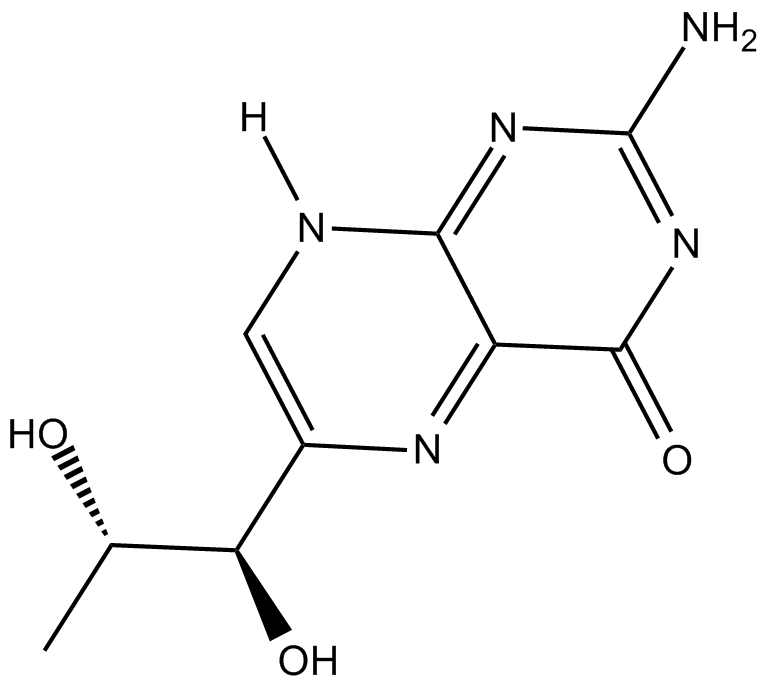
-
GC16656
L-Canavanine sulfate
iNOS inhibitor

-
GA11233
L-NAME hydrochloride
NG-nitro-L-arginine methyl ester (L-NAME) have been widely used to inhibit constitutive NO synthase (NOS) in different biological systems.
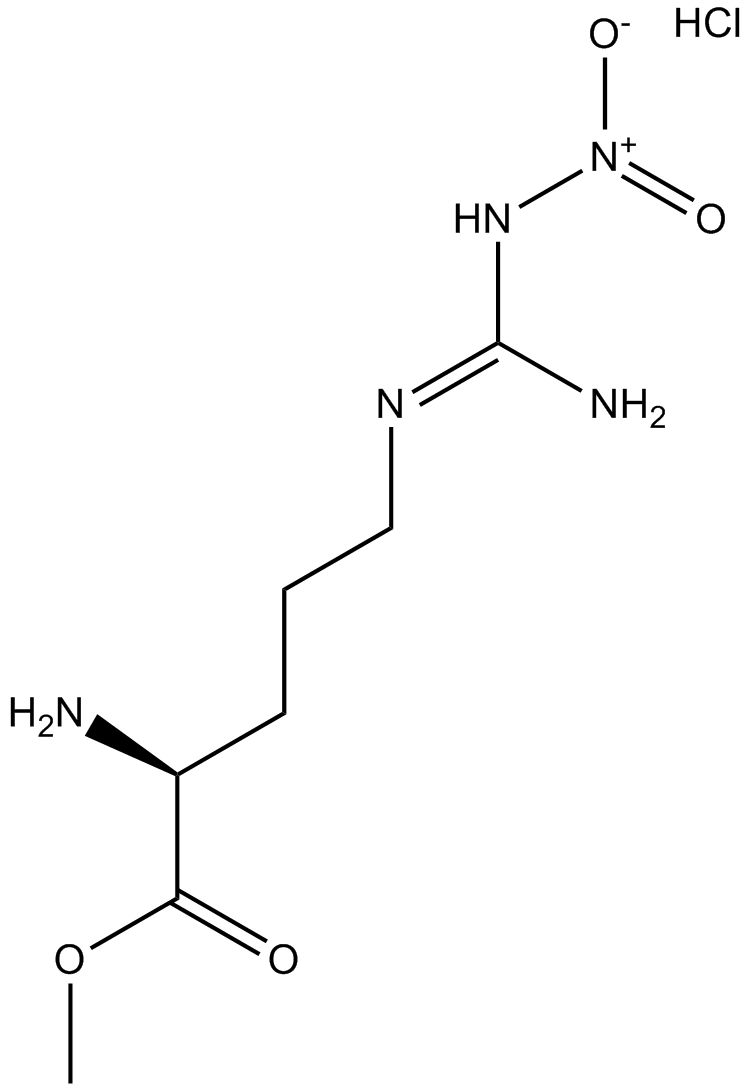
-
GC36471
L-NIL
L-NIL is an inducible NO synthase inhibitor, with an IC50 of 3.3 μM for miNOS.
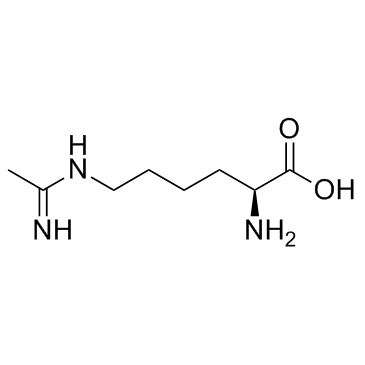
-
GC12867
L-NIO dihydrochloride
inhibitor of nitric oxide (NO) synthase
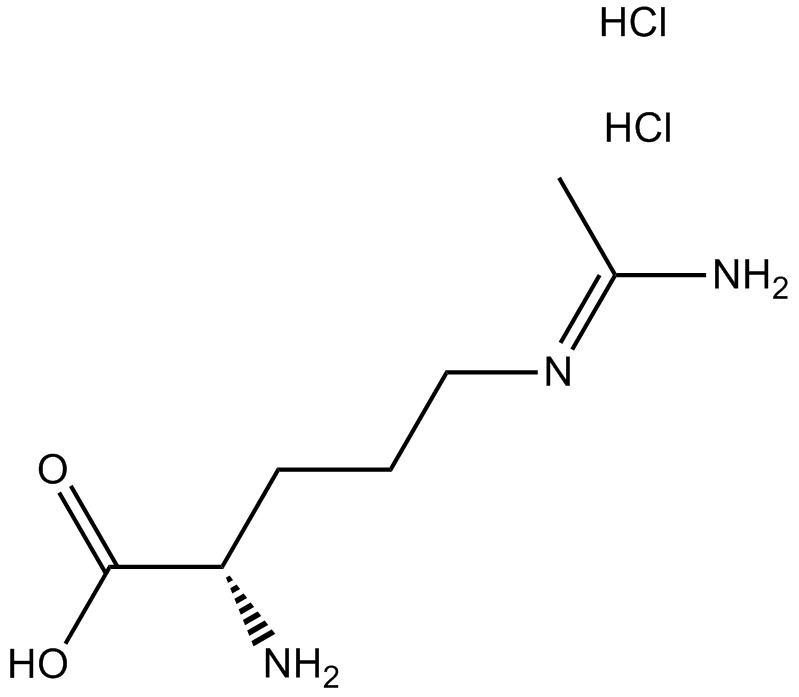
-
GC16926
L-NMMA acetate
inhibitor of all three NOS isoforms
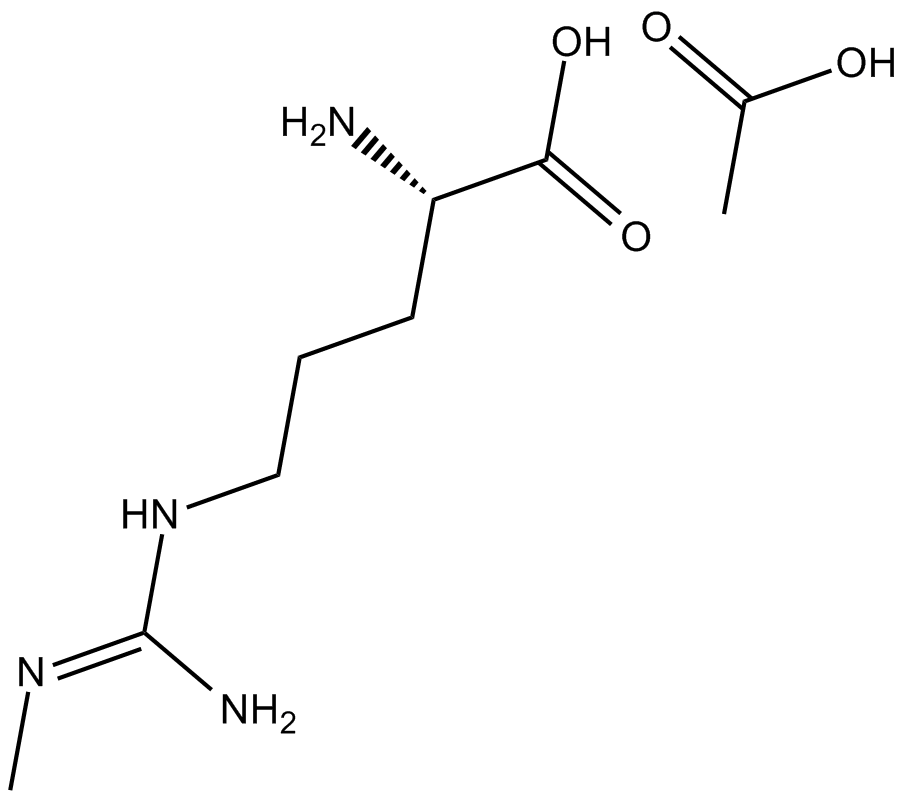
-
GC61015
Luteolin 5-O-glucoside
Luteolin 5-O-glucoside, a major flavonoidfrom Cirsium maackii, possesses anti-inflammatory activity.
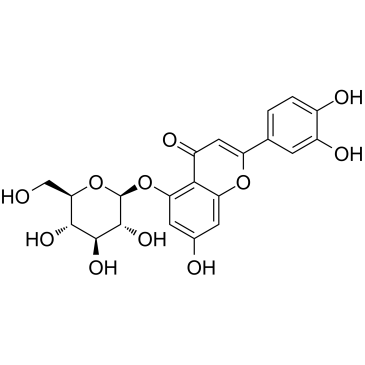
-
GC30051
Methylene Blue (Basic Blue 9)
Methylene blue (Basic Blue 9) is a guanylyl cyclase (sGC), monoamine oxidase A (MAO-A) and NO synthase (NOS) inhibitor.
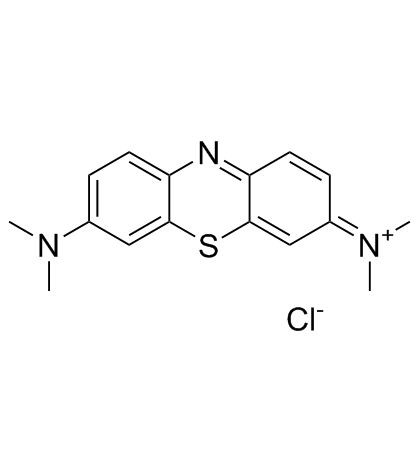
-
GC39603
Methylene blue trihydrate
Methylene blue trihydrate (C.

-
GC60267
Neocryptotanshinone
Neocryptotanshinone, a fatty diterpenoids from Salvia Miltiorrhiza, inhibits lipopolysaccharide-induced inflammation by suppression of NF-κB and iNOS signaling pathways.
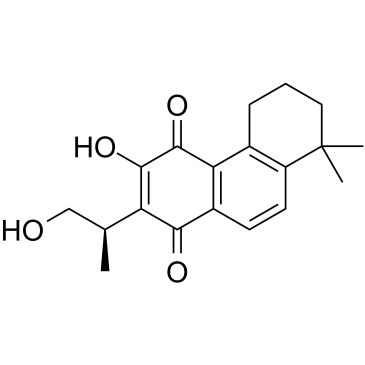
-
GC50011
Nw-Propyl-L-arginine hydrochloride
Nω-Propyl-L-arginine (N-omega-Propyl-L-arginine) hydrochloride is a potent, competitive, and highly selective inhibitor of neuronal nitric oxide synthase (nNOS), with a Ki of 57 nM.
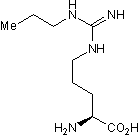
-
GC36914
Piceatannol 3'-O-glucoside
Piceatannol 3'-O-glucoside, an active component of Rhubarb, activates endothelial nitric oxide (NO) synthase through inhibition of arginase activity with IC50s of 11.22 ?M and 11.06 ?M against arginase I and arginase II, respectively.
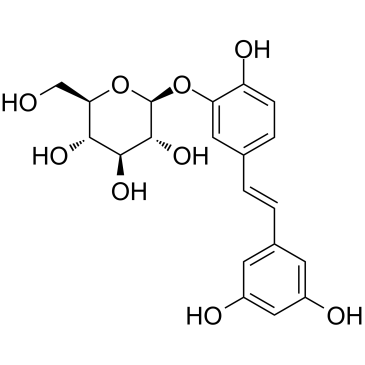
-
GN10395
Prim-O-glucosylcimifugin
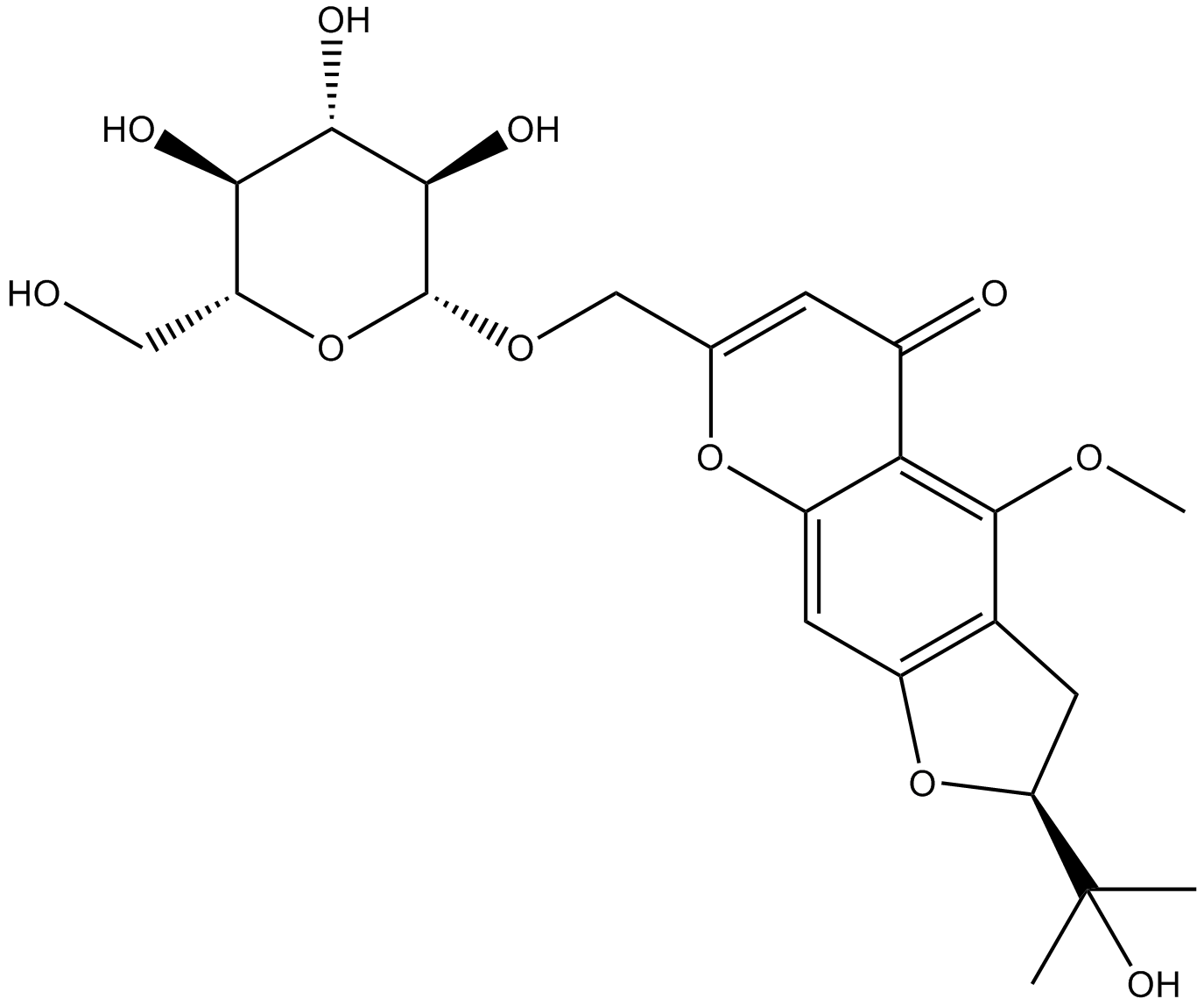
-
GC61235
Regaloside B
Regaloside B is a phenylpropanoid isolated from Lilium longiflorum.
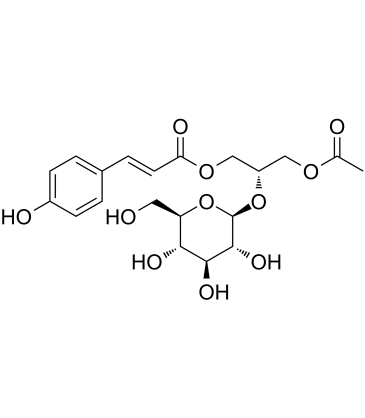
-
GC61238
Rehmapicrogenin
Rehmapicrogenin, isolated from the root of Rehmannia glutinosa, exhibits potent anti-inflammatory effect by inhibiting iNOS, COX-2 and IL-6.

-
GC31243
S-MTC
S-MTC is a selective type I nitric oxide synthase (NOS) inhibitor.
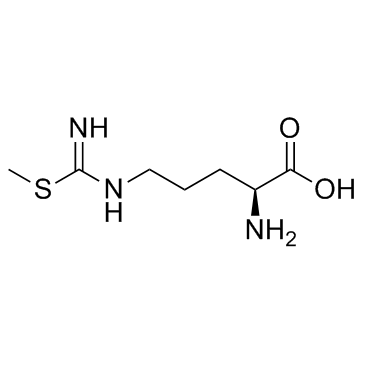
-
GC38849
S-Nitroso-N-acetyl-DL-penicillamine
An Snitrosothiol NO donor
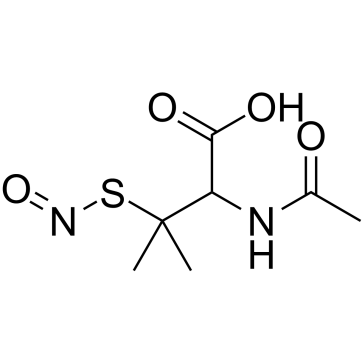
-
GC30323
Syzalterin
Syzalterin is an inhibitor of NO production with an IC50 of 1.87 μg/mL.
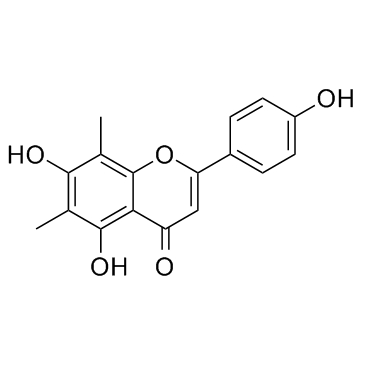
-
GC30774
Tat-NR2B9c
Tat-NR2B9c is designed to prevent nitric oxide (NO) production by preventing postsynaptic density protein 95 (PSD-95) binding to N-methyl-D-aspartate (NMDA) receptors and neuronal nitric oxide synthase.

-
GC34828
Tat-NR2B9c TFA
Tat-NR2B9c TFA (Tat-NR2Bct TFA) is a postsynaptic density-95 (PSD-95) inhibitor, with EC50 values of 6.7 nM and 670 nM for PSD-95d2 (PSD-95 PDZ domain 2) and PSD-95d1, respectively.
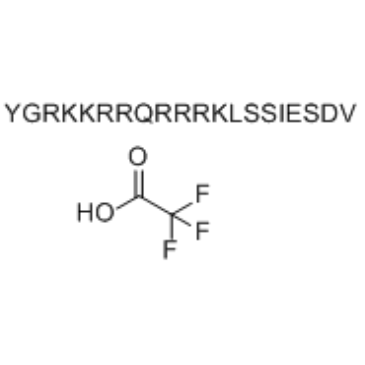
-
GC60354
Tat-NR2Baa
Tat-NR2BAA is the control peptide of Tat-NR2B9c, inactive.

-
GC31672
Tetrahydrobiopterin (Sapropterin)
Tetrahydrobiopterin (Sapropterin) ((Rac)-Sapropterin) is a cofactor of the aromatic amino acid hydroxylases enzymes and also acts as an essential cofactor for all nitric oxide synthase (NOS) isoforms.
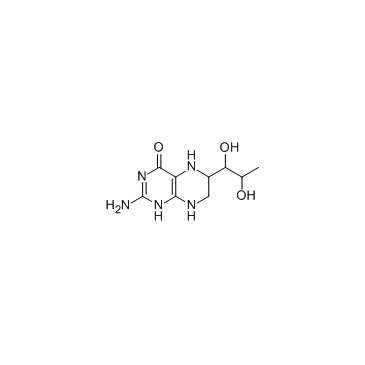
-
GC34255
TP508
TP508 is a 23-amino acid nonproteolytic thrombin peptide that represents a portion of the receptor-binding domain of thrombin molecule.
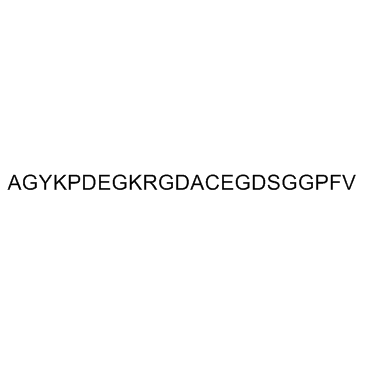
-
GC39515
TP508 TFA
TP508 TFA is a 23-amino acid nonproteolytic thrombin peptide that represents a portion of the receptor-binding domain of thrombin molecule.
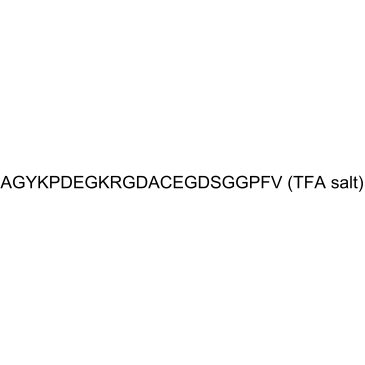
-
GC26091
ZLc002
ZLc-002 is a selective inhibitor of nNOS-Capon coupling. ZLc-002 suppresses inflammatory nociception and chemotherapy-induced neuropathic pain.



